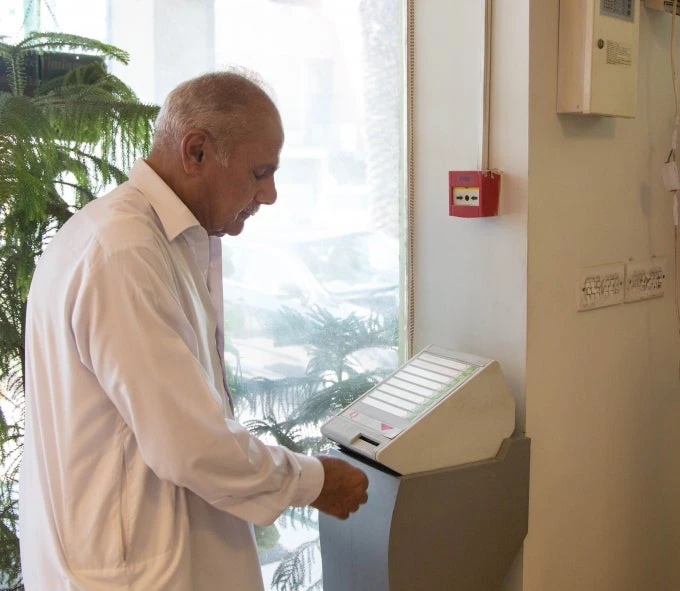
“Sí, sabes que ya llevo un rato mirándote
Tengo que bailar contigo hoy”
The Despacito tune blared in the bus, and my fellow riders kept tempo to the rhythm.
I was recently on mission in the Punjab province, Pakistan, on my way to the Shalimar Gardens for some sightseeing on my day off.
The last thing I expected to hear was the top song of 2017 on a bus in Lahore but in hindsight, this shouldn’t have surprised me.
We live in a global community, and across the world, individuals are getting more connected every day. Music perfectly exemplifies this – a universal language which we can all understand. With this increased connection comes higher expectations.
In addition to roads and clean water, citizens now demand that their government provide reliable digital connectivity. And when taxes and other revenues are not sufficient to cover this and other public services, governments must borrow to pay for it.
As with music, debt transcends borders, and the basics are almost the same. The key elements of music – rhythm, harmony, and melody – as with the critical components of debt – interest payments, maturity, cash flow, and risk – remain the same no matter where you are.
Managing public debt was precisely my reason to be in Lahore where I introduced a cash flow tool the World Bank helped design.
Until recently, the provinces in Pakistan didn’t have much use for a debt management function as the federal government held that responsibility.
And while the federal government used the Debt Management and Financial Analysis System (DMFAS) since 2006, the provinces still relied on federal regulators to gain information about provincial debt as they could not directly access the database.
The lack of information sharing between different levels of government further compounded the difficulties province officials had to access their overall debt portfolio.
That changed in 2015 when Pakistan’s provinces obtained the right to borrow on their own—Punjab and Sindh held $7 billion in the debt portfolio or 2.4 percent of the national economic output as of June 2018.

With financial devolution in place, the newly established debt management units in provinces needed to gain a better understanding of their debt portfolio.
To that end, our cash flow tool will help Sindh and Punjab better understand their debt portfolio, a prerequisite to more productive discussions with the federal government, and prepare debt management strategies.
But unlike a full-fledged debt management system, the tool was not designed for full recording and reporting accuracy. Instead, it’s intended to give directional input and should act as a communication medium for initiating discussions with the federal government.
This Microsoft Access-based tool allows Pakistan provinces to get an aggregated view of their debt portfolio, look at their future cash flows and monthly payment obligations . It also lets staff sort through information by lender, currency, type of interest rates to make better budget projections.
The work that started with Sindh province has now expanded to Punjab and can potentially support other emerging market countries that have subnational level borrowing capacity.
And for my fellow passengers in the bus to Shalimar Gardens, better public debt management can mean greater access to public services and slowly ( Despacito means slowly in Spanish) but surely, fast track their way toward global prosperity.



Join the Conversation